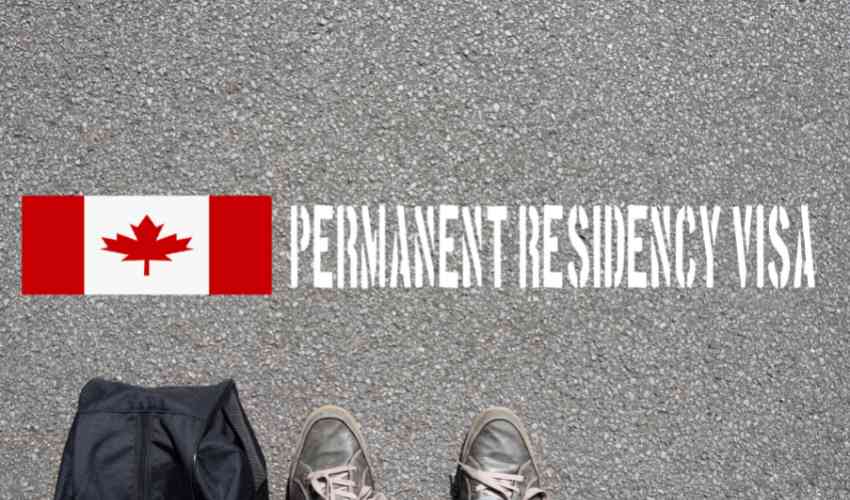Canada’s Immigration Plan 2023-2025
Modified on: November 2nd, 2022
Canada Immigration Level Plan for 2023-2025, released on February 14, 2022, by the Minister of IRCC for 2022‒2024, charts an enterprising but responsible path for immigration that will help the Canadian economy recover and fuel post-pandemic growth, all while supporting communities and industries across the country that depend on immigration Level Plan for 2023-2025.
The pandemic has spotlighted the contributions of newcomers to the well-being of our communities and across all sectors of the economy. In 2021, Canada welcomed more than 405,000 new permanent residents—the most immigrants in a single year in Canada’s history. Despite recovering many jobs lost during the pandemic, hundreds of thousands of jobs in all sectors still await filling. Immigration already accounts for almost 100% of labour force growth, and with 5 million Canadians set to retire by 2030, the worker-to-retiree ratio will drop to only 3:1.
This indicates that Canada has a powerful economic need for improved immigration. Thus, the Immigration Level Plan for 2023-2025 aims to continue welcoming immigrants at a rate of about 1% of Canada’s population, building on the previous level plan, with an increased focus on helping our economic revival and post-pandemic growth.
This plan will help improve the attraction and retention of newcomers in provinces with acute economic, labour, and demographic challenges. The Immigration Level Plan for 2023-2025 will help cement Canada’s place among the world’s top destinations for talent, building a solid foundation for post-pandemic economic growth while reuniting family members with their loved ones and fulfilling Canada‘s humanitarian commitments.

Government of Canada’s Immigration Levels Plan for 2023-2025
On November 1, 2022, IRCC (Immigration, Refugees and Citizenship Canada) released details on the Government of Canada’s Immigration Levels Plan for 2023-2025. Canada aims to welcome 465,000 new permanent residents in 2023, 485,000 in 2024, and 500,000 in 2025.
Express Entry
Canada‘s most common route for new permanent residents to immigrate is still Express Entry. The Federal Skilled Worker (FSW), Federal Skilled Trades (FST), and Canadian Experience Class (CEC) are the system’s three main federal economic programs. The goals for principal applicants, spouses, and dependents who land through Express Entry will increase to 82,880 in 2023, 109,020 in 2024, and 114,000 in 2025.
Provincial Nominee Programs (PNPs)
The PNPs will continue to be Canada’s top admissions program for immigrants from lower socioeconomic groups, and its goals will rise to 105,500 in 2023, 110,000 in 2024, and 117,500 in 2025.
Family Sponsorship Class
The goal of IRCC is to reunite families as well. The Immigration Levels Plan’s second-largest permanent residence class after economic class programs is Family Sponsorship Class. Programs for family-based immigration require sponsors to be a spouse, partner, children, or other immediate family members. Under the Spouses, Partners, and Children programs, Canada will continue to seek to accept about 80,000 new immigrants each year. The Parents and Grandparents Program’s target population will increase to 28,500 in 2023, 34,000 in 2024, and 36,000 in 2025.
Refugee and Humanitarian Class
Under the Immigration Levels Plan, allocations for refugees and humanitarian-class immigrants are also made. Canada has a long history of providing sanctuary to refugees escaping dangerous conditions in their native countries. Due to its continuous efforts to accomplish many programs, such as accepting almost 40,000 Afghan migrants, Canada now has high humanitarian class targets. In 2023 and 2024, the entire refugee class aim will be just over 76,000 additional landings before falling to 72,750 in 2025. The humanitarian class aim follows along, falling from almost 16,000 in 2023 to 8,000 in 2025.
French-Speaking Immigrant
By 2023, the Canadian government wants to expand immigration of French-speaking people to a target of 4.4% outside of Quebec. Based on the complete ranges for admissions outside of Quebec, this range indicates how many entries within the federal-level plan would be necessary to reach that goal in 2023. This estimate could need to be updated if Quebec submits its strategy for immigration numbers in 2023.
How Can We Help You?
At ARNIKA VISA, we help you to find the most tailored strategy to achieve your immigration goals. From filing the immigration forms to guiding you through supporting documents, we take care of it all. We can assist you entirely or partially based on our different packages. We can advise you professionally regarding the required personalized supporting documents to increase the chance of your approval and, finally, submit your application to IRCC on your behalf as an authorized representative. Suppose you want to discover how the RCIC can help you. In that case, the first step is to complete the Assessment Form (To detail your personal, educational, and employment information) available on the site.



